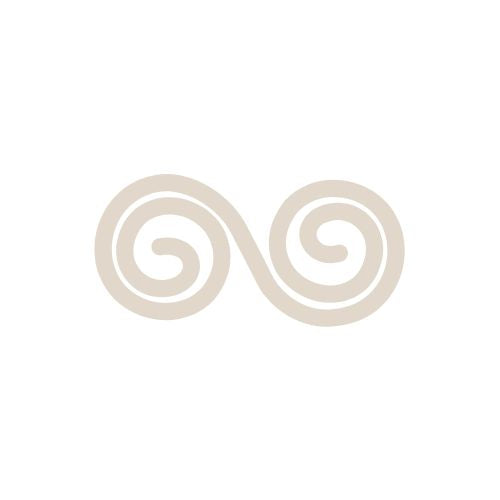About Kinesiology
Melinda AnnearKinesiology (pronounced kin-easy- ology) was developed by an American Chiropractor called Dr George Joseph Goodheart in 1964. Interest in Dr Goodheart’s work grew and twelve doctors worked on the research into muscle testing. (1)

In 1976 The International College of Applied Kinesiology (ICAK) was established to enable other doctors to learn this modality. (2) From Applied Kinesiology, Systematic Kinesiology was developed by Brian Butler. (3) Brain Butler was the first to pioneer Kinesiology in Britain and Europe in 1976, enabling non- medically trained individuals to learn this amazing modality. (4)
What is Kinesiology?
Kinesiology is a way that the body can communicate what it needs at that time. Through gentle muscle testing, kinesiology can ‘discover unrealized minor imbalances and correct them’. (5) Kinesiology is about prevention, incorporating the best of East and West, looking at the health and well-being of the whole person. There are four main areas that Kinesiology takes into consideration that are inter-related to achieve vibrant health;
MIND/ MENTAL (thinking, feeling, emotions and spirit).(6)
CHEMICAL (food & diet, elimination, immune strength, endocrine balance, drugs, chemicals).(7)
PHYSICAL (structure, bones, muscles, posture, rest, sleep, skin, exercise). (8)
ELECTRICAL/ ENERGY (The Life force, Chi, Prana, Acupuncture meridians, balanced yin/yang, aura, etc.). (9)
How does Kinesiology work?
Kinesiology uses the body’s bio-feedback mechanism through gentle muscle testing. (10) Muscle testing allows us to ‘evaluate and correct the motor responses of the central nervous system’ (11) In other words, the muscle testing activates the central nervous system to allow us to access the mental, chemical, physical, and electrical (see above) to ensure they are in balance.
Dr Goodheart found ‘the implications of a weak muscle and the effects within the organs in the body’. (12) The central nervous system is sending signals/ messages all over the body all the time, however these messages can sometimes arrive as a weak signal.
For example if someone is extremely stressed. Kinesiology can tap into the communication of the central nervous system using muscle testing and achieve effective, sometimes instant results. This is because messages can once again travel through the central nervous system unblocked. (13) Examples such as a headache, hormonal imbalance, digestion issues or depression can be a last resort message from your body asking for help. (14)
Book now for a free consultation call to find out how it could help you.
